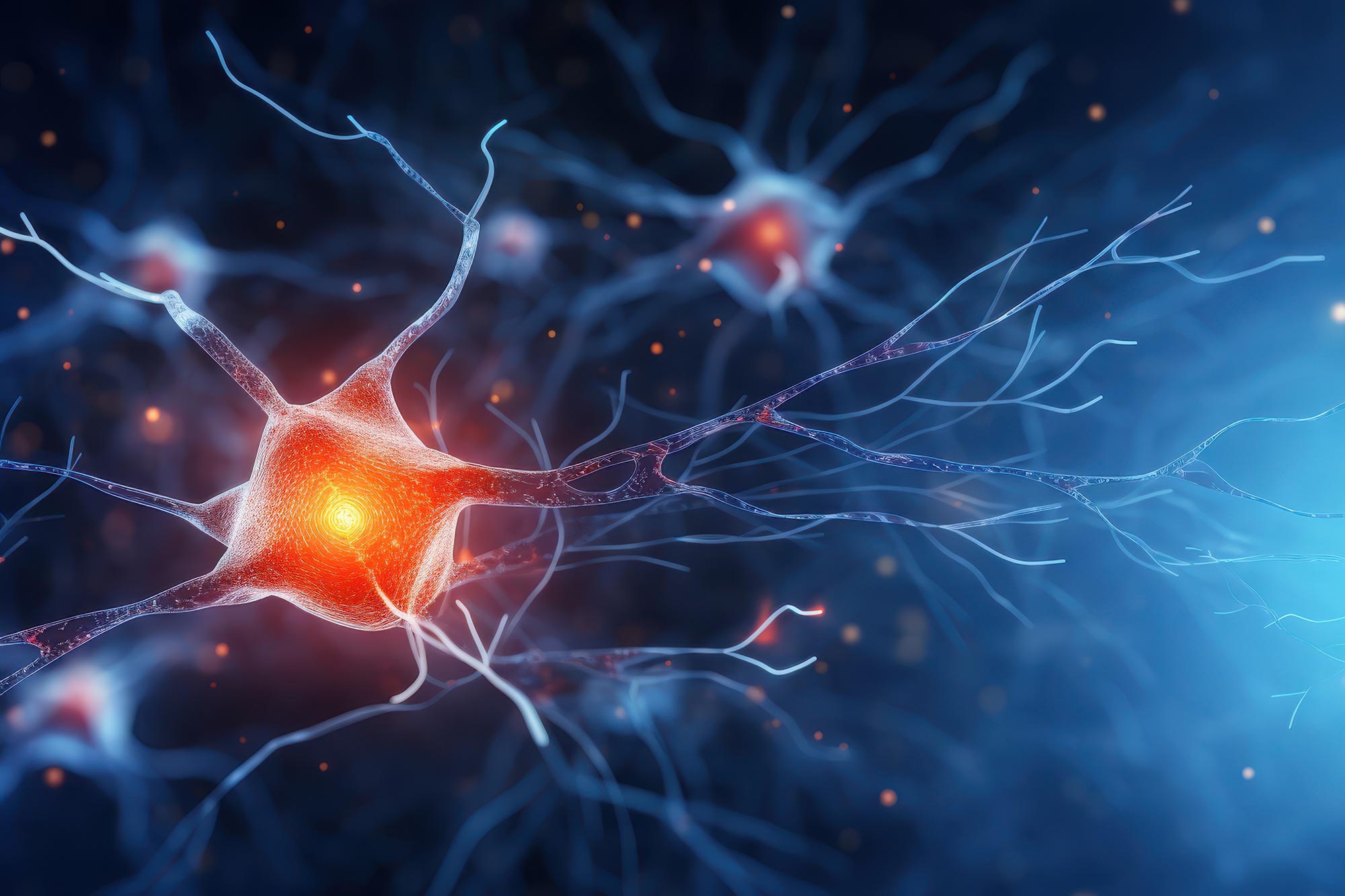Could Overworked Brain Cells Be the Key to Unlocking Parkinson's?

Published: 2025-09-12 04:16:19 | Category: Uncategorized
Researchers at the Gladstone Institutes have made a significant discovery regarding the death of dopamine-producing neurons, which are essential for movement, in Parkinson's disease. Their study reveals that prolonged overactivity of these neurons can lead to their degeneration, mirroring the neuron loss observed in patients. This discovery sheds light on the mechanisms behind Parkinson's and suggests potential new treatment avenues.
Last updated: 26 August 2025 (BST)
Key Takeaways
- Prolonged overstimulation of dopamine neurons may lead to their death in Parkinson's disease.
- Dopamine-producing neurons in the substantia nigra are primarily affected.
- The study suggests genetic and environmental factors contribute to neuron overactivity.
- Adjusting neuron activity could potentially slow disease progression.
- Insights from mice models may direct future treatment strategies for Parkinson's patients.
Understanding Dopamine Neuron Function
Dopamine neurons play a critical role in the brain's ability to control voluntary movement. They are primarily located in the substantia nigra, a brain region that governs motor function. In Parkinson's disease, these neurons gradually degenerate, leading to various motor symptoms such as tremors, stiffness, and balance difficulties.
More than 8 million individuals worldwide are currently diagnosed with Parkinson's disease, a progressive neurodegenerative disorder. The exact mechanisms behind the selective loss of these neurons have remained elusive, prompting extensive research into their functions and vulnerabilities.
The Role of Neuronal Activity in Parkinson's Disease
Interestingly, studies have shown that these dopamine neurons often become more active as Parkinson’s progresses. Some researchers have posited that this heightened activity might be a compensatory mechanism in response to neuron loss, while others are investigating whether this overactivity contributes to further neuronal damage.
New Insights from Gladstone Institutes’ Research
In a groundbreaking study published in the journal eLife, scientists at the Gladstone Institutes explored the effects of prolonged neuron activation in mice. Lead researcher Ken Nakamura and his team aimed to uncover whether continuous overstimulation of dopamine neurons could directly lead to neuronal death, a question that has garnered attention in the Parkinson's research community.
Experimental Design and Findings
The researchers utilised a drug called clozapin-N-oxide (CNO) to induce a state of chronic activation in dopamine neurons. Unlike previous studies that only achieved short bursts of activation through injections, this research continuously administered CNO via the drinking water of the mice. This method allowed for a more accurate simulation of the persistent overactivity seen in Parkinson’s disease.
Within days of this chronic activation, the researchers noted significant disruptions in the mice’s typical activity patterns. After one week, they observed degeneration of the axons—long projections of neurons—specifically in the substantia nigra. By the end of one month, the affected neurons exhibited signs of death.
Mechanisms of Neuronal Degeneration
To understand why this overactivity led to neuron death, the team analysed the molecular changes occurring in the dopamine neurons during the study. They found that chronic activation resulted in altered calcium levels and modifications in the expression of genes associated with dopamine metabolism.
Rademacher, a graduate student involved in the study, explained that as neurons become overstimulated, they may attempt to mitigate excessive dopamine levels—known to be toxic—by decreasing dopamine production. This reduction ultimately leads to insufficient dopamine in the brain, exacerbating movement issues and contributing to the cycle of degeneration.
Connections to Human Patients
When the researchers examined brain samples from patients with early-stage Parkinson’s disease, they discovered similar gene expression changes. Genes linked to dopamine metabolism and calcium regulation were found to be downregulated, reinforcing the idea that the mechanisms observed in mice could be relevant to human disease progression.
The Vicious Cycle of Neuronal Overactivity
Nakamura hypothesises that the increased activity of dopamine neurons in Parkinson's patients could stem from a combination of genetic predispositions and environmental factors. As dopamine-producing neurons become overactive, they may inadvertently reduce their dopamine output, leading to worsened motor symptoms. This creates a vicious cycle where remaining neurons work harder to compensate, ultimately resulting in their exhaustion and death.
Implications for Future Treatments
The findings from this study open up exciting possibilities for new treatment strategies. If the overactivity of vulnerable neurons is indeed a catalyst for their degeneration, therapeutic approaches aimed at modulating neuron activity could provide protective benefits. Techniques such as pharmacological interventions or deep brain stimulation might help to restore balance in neuronal activity and slow disease progression.
Conclusion
The research conducted at the Gladstone Institutes represents a pivotal step in understanding the complexities of Parkinson's disease. By linking prolonged neuronal overactivity to cell death, it highlights the potential for innovative treatment approaches that could alter the course of this debilitating condition. The insights gained from mouse models may pave the way for breakthroughs in managing Parkinson's and improving the quality of life for millions affected by this disease.
As researchers continue to explore the intricate relationships between neuronal activity, gene expression, and disease progression, the hope for more effective treatments becomes increasingly tangible. How we approach the modulation of neuronal activity could redefine our fight against Parkinson’s disease in the years to come.
FAQs
What causes dopamine neurons to die in Parkinson's disease?
Dopamine neurons may die due to prolonged overactivity, which leads to cellular stress, gene expression changes, and ultimately, cell death. Factors such as genetics and environmental influences can contribute to this overactivity.
How many people are affected by Parkinson's disease worldwide?
Currently, more than 8 million people worldwide are living with Parkinson's disease, which is a progressive neurodegenerative disorder affecting movement control.
What are the main symptoms of Parkinson's disease?
Main symptoms include tremors, slowed movements, muscle stiffness, and difficulties with walking and balance, all of which are linked to the degeneration of dopamine-producing neurons.
Could adjusting neuron activity help treat Parkinson's disease?
Yes, adjusting the activity patterns of vulnerable neurons through medication or deep brain stimulation may protect them and slow disease progression, according to research findings.
What is the significance of the substantia nigra in Parkinson's disease?
The substantia nigra is a brain region crucial for movement control, and it is the primary area where dopamine neuron degeneration occurs in Parkinson's disease.



